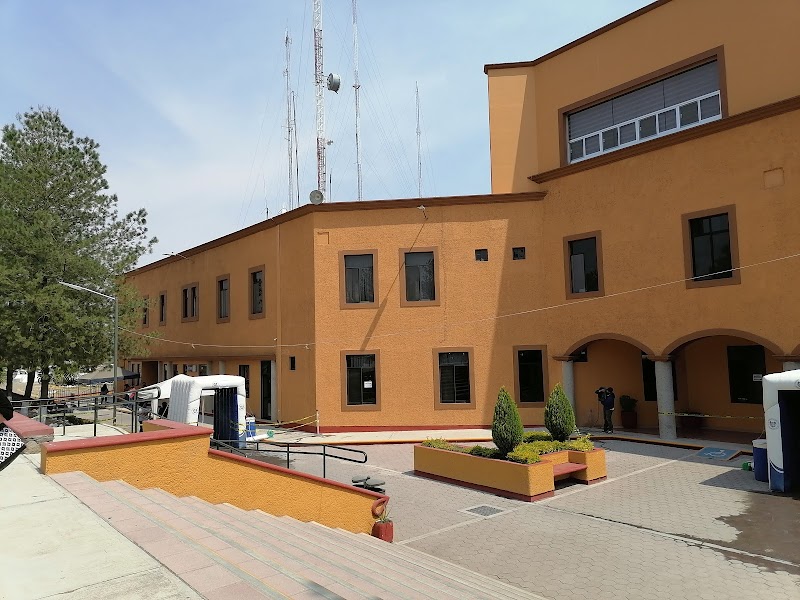General Guadalupe Victoria, a prominent figure in the Mexican War of Independence, became the first President of Mexico in 1824, marking a significant milestone in the nation’s history. Born in the town of Tamazula, Durango, on September 29, 1786, Victoria’s ethnic background was a blend of Spanish and Indigenous heritage.
Before his presidency, Victoria actively participated in the struggle for independence against Spanish rule. His military prowess and strategic leadership earned him the respect and admiration of his fellow revolutionaries, establishing him as a key figure in the movement. As a seasoned military commander, Victoria’s role in the Battle of Veracruz in 1821 proved instrumental in securing Mexico’s independence.
In 1824, following the ratification of the Mexican Constitution, Victoria was unanimously elected as the nation’s first President. His inauguration marked the beginning of a new era in Mexican history, transitioning from a colony to an independent republic. During his presidency, Victoria faced numerous challenges, including political instability, economic hardships, and regional conflicts.
- Background:
- Born in Tamazula, Durango, Mexico
- Ethnic background: Spanish and Indigenous
- Active participant in the Mexican War of Independence
- History and Achievements:
- Commanded the Mexican forces in the Battle of Veracruz (1821), contributing to the nation’s independence
- Elected as the first President of Mexico in 1824
- Established diplomatic relations with other countries, including the United States and Great Britain
- Initiated reforms to improve infrastructure, education, and the economy
- Legacy:
- Known as the “Father of Mexican Democracy”
- Remembered for his dedication to the nation’s independence and progress
- His name is associated with integrity, honor, and patriotism
- Popular Facts:
- During his presidency, Victoria abolished slavery in Mexico
- He promoted the development of education and culture, establishing the National Library of Mexico
- Victoria’s image appears on the 100-peso bill in Mexico
President Victoria’s legacy continues to be celebrated in Mexico, where he is revered as the “Father of Mexican Democracy.” His dedication to the nation’s independence and his efforts to establish a stable and prosperous republic have left an enduring impact on Mexican history and identity.
Emblem of Mexico
To enrich your insights into presidential figures worldwide, also explore some prominent first presidents from other countries, such as Mauritius, Mauritania and Marshall Islands. Delving into the leadership journeys of these figures can offer valuable perspectives on their historical significance and pivotal roles in shaping global politics.
The official residence and symbol of the Mexico President
10 Iconic Presidents Who Shaped Mexico’s History

1. Benito Juárez (1861-1872) – Benito Juárez is considered one of Mexico’s most influential and popular presidents. He led Mexico through a turbulent period, known as the Reform War, and implemented many progressive reforms, including separating the church and state and modernizing the education system.
2. Lázaro Cárdenas (1934-1940) – Lázaro Cárdenas is known for being a staunch supporter of the working class and initiating land reforms that redistributed land to peasants. He nationalized Mexico’s oil industry, which had a significant impact on the country’s economy.
3. Vicente Fox (2000-2006) – Vicente Fox was the first candidate from an opposition party to be elected as the President of Mexico in over 70 years. He focused on economic reforms and improving relations with the United States.
4. Miguel Alemán (1946-1952) – Miguel Alemán is known for his focus on modernization and infrastructure development. He promoted economic growth and invested in industrialization, which greatly contributed to Mexico’s post-war recovery.
5. Porfirio Díaz (1876-1880, 1884-1911) – Porfirio Díaz is a controversial figure in Mexican history. While he implemented modernizing reforms and brought stability to the country, his long authoritarian rule eventually led to the Mexican Revolution.
6. Ernesto Zedillo (1994-2000) – Ernesto Zedillo is credited with successfully transitioning Mexico to a democratic system and implementing economic reforms. He also played a role in resolving the Zapatista uprising in Chiapas.
7. Adolfo López Mateos (1958-1964) – Adolfo López Mateos is known for his focus on social reforms and improving the living conditions of the impoverished. He was also involved in the creation of the National Autonomous University of Mexico.
8. Carlos Salinas de Gortari (1988-1994) – Carlos Salinas de Gortari implemented economic reforms that aimed to liberalize Mexico’s economy and attract foreign investment. However, his presidency was marred by controversies, including allegations of corruption.
9. Álvaro Obregón (1920-1924) – Álvaro Obregón played a crucial role in the Mexican Revolution and later served as president. He implemented agrarian reforms and focused on national development, particularly in terms of infrastructure.
10. Enrique Peña Nieto (2012-2018) – Enrique Peña Nieto focused on economic reforms and strengthening Mexico’s international relationships. However, his presidency was also marked by various scandals and controversies.
- Benito Juárez (1861-1872)
- Lázaro Cárdenas (1934-1940)
- Vicente Fox (2000-2006)
- Miguel Alemán (1946-1952)
- Porfirio Díaz (1876-1880, 1884-1911)
- Ernesto Zedillo (1994-2000)
- Adolfo López Mateos (1958-1964)
- Carlos Salinas de Gortari (1988-1994)
- Álvaro Obregón (1920-1924)
- Enrique Peña Nieto (2012-2018)

